You’ve heard the phrase if you’ve heard Boon talk about show prep. Full trees demonstrate health and maturity. Although there are exceptions, most bonsai look their best when they’re full.
Fullness means different things for different varieties. I consider the deciduous trees below from Bay Island Bonsai’s recent exhibit to be “full.”

Chinese quince ‘Chojubai’
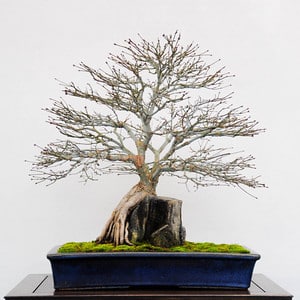
Root over rock Japanese maple
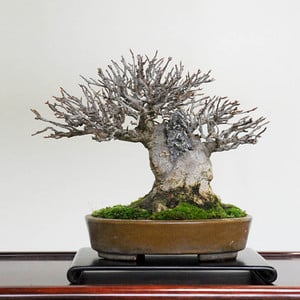
Shohin trident maple
Some of the other deciduous trees in the exhibit are on their way to becoming full. The trident maple below has a wonderful trunk, but the branches aren’t yet as well-developed.
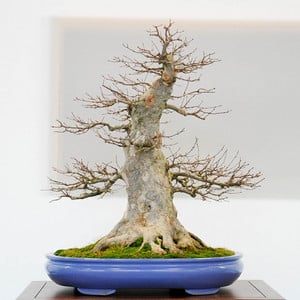
Trident maple
The same could be said of the trident maple below. The primary branches are in place, as are a number of the secondary branches.
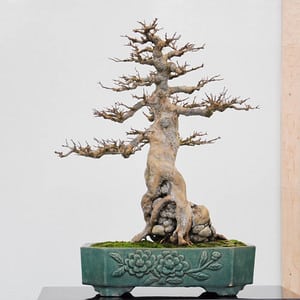
Root over rock trident maple
I’m not very familiar with Amur maples. Based, however on the specimen below, I imagine that they will ramify well in time.
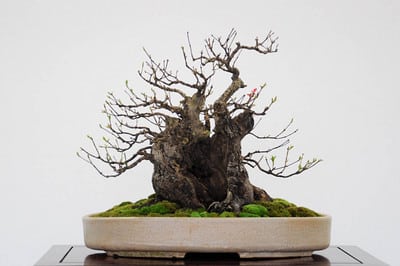
Amur maple
Chinese quince grow quickly in hot and humid weather, less so in more temperate climes like Northern California. In time, however, I expect this tree to ramify well.
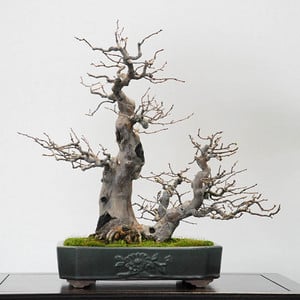
Chinese quince
The same can be said for bald cypress, a variety that can develop quickly in the right weather.
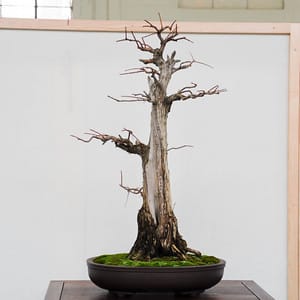
Bald cypress
Fullness is a different matter for conifers. Shown year-round with their foliage, conifers are often the fullest trees in winter exhibits. I think of the two Japanese black pines below as being “full.”
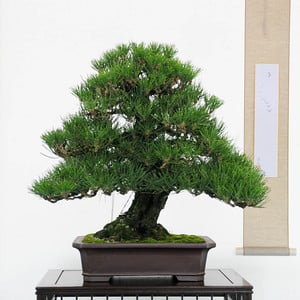
Japanese black pine
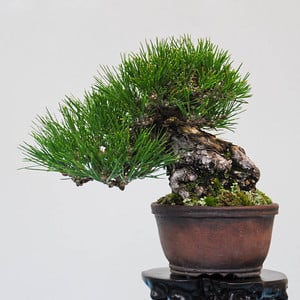
Japanese black pine
I’ll say the same for the following black pine. Bunjin are not typically as full as non-bunjin bonsai. The bunjin pine below, however, has a thick trunk, and can support the additional foliage. By showing the tree unwired, the artist conveys the tree’s age through the foliage as well as the trunk.
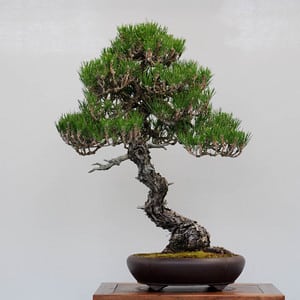
Japanese black pine
The following three pines aren’t as full as the above examples. I expect each to be as full as the above examples after a small number of good growing seasons.
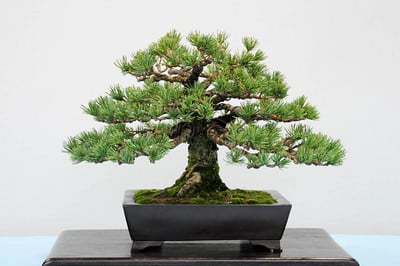
Corkbark white pine
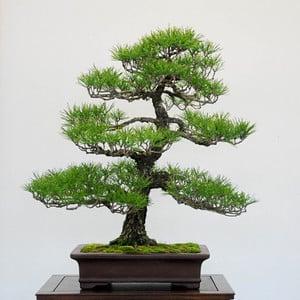
Japanese red pine
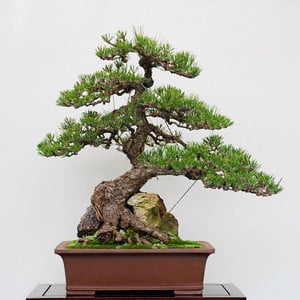
Japanese black pine
From the beginning, Bay Island Bonsai exhibits have featured trees at a number of stages in their development. And I think this will be the case for the foreseeable future. The trees in my collections are at wildly different stages, as are the collections of most enthusiasts I know – which is fun, as this means we all have plenty to look forward to as our trees and exhibits improve.
Subscribe to Bonsai Tonight
New Posts Delivered Every Tuesday and Friday